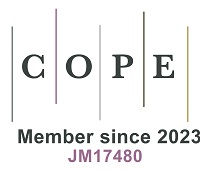fig3

Figure 3. India’s AFOLU sector GHG emissions (CO2e): observed (2005 to 2015) and predicted (2015 to 2070) emission levels. The autoregressive integrated moving average (ARIMA) model was used for the projections under different scenarios: (A) business as usual (BAU) scenario, no new policies and few strategies for emission reduction; (B) moderate, emissions 10% below BAU (25% forest cover and 5% reduction in enteric fermentation); (C) fairly beneficial, emissions 20% below BAU scenario (30% forest cover, 8% reduction in enteric fermentation, 2% reduction in emissions from rice farming, and a 50% reduction in biomass burning); and (D) ambitious, emissions 40% below BAU scenario (33% forest cover, 15% reduction in enteric fermentation, 5% reduction in emission from rice farming, and 100% reduction in biomass burning). All emission reduction targets mentioned above are based on the 2015 emission data[7].







